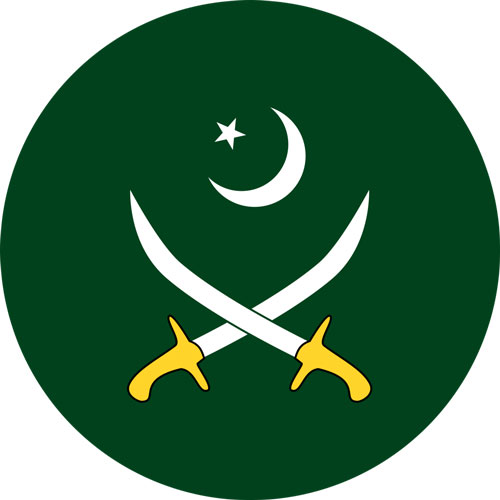Staff Reporter
A unique in its kind, Pakistan Army Museum at Ayub National Park has become a source of motivation for new generation.
The museum has many distinctive features and country’s youth should visit such places to get informed with the glory of Pakistan army.
“This depicts the legacy of the country’s Army grand heritage and reflecting the remarkable history of Army as a powerful fighting force defending and serving our nation by land, sea and air,” said a retired army officer Syed Nayyar Abbas.
He added that army museum, unique in its self, presented an insight of arms used in major wars to visitors.
The museum was setup by the Army Heritage Foundation, he said adding, there were different galleries in which history of the wars fought by the Pakistan military were displayed.
Moreover, the museum has been designed to reflect the pictorial history of army, and great leader of the nation like Quaid-e-Azam Muhammad Ali Jinnah, Fatima Jinnah and Liaquat Ali Khan while addressing the armed forces, photos of commanders in chief and chiefs of army staff.
He said the Museum has preserved and displayed pictures of battle camp of the army commandant, with a folding bed, a desk and chair, a lantern, ground sheet, blanket, lunch box, telephone set, uniform, shaving kit and so on.
It also displayed the replicas of air force planes and navy ships used in the 1965 war, as well as pistols and rifles used by soldiers, he added.
The latest version of an AK-47, as well as antique pistols, revolvers and other firearms were also on display, such as a 7.62mm Russian revolver from 1895, a British revolver, flintlock and wheel lock pistols and various kinds of musket pistols.
There were also old communication devices and old signal systems, which served to show visitors how these systems worked. The wall has been decorated with images of the Pakistan Movement, pictures of Quaid-e-Azam Muhammad Ali Jinnah, other Muslim leaders from the Indian subcontinent and even Khilafat Movement leader Maulana Mohammad Ali Johar and his mother Bi Amma.
They were more displays, for instance, presenting the role of military personnel in national sports including statues of athletes who have received medals.










